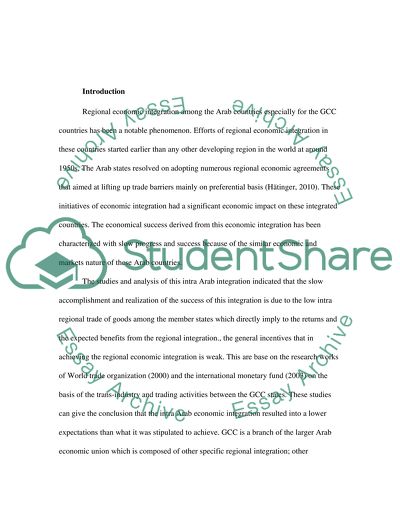Cite this document
(“Arab economic integration Research Paper Example | Topics and Well Written Essays - 4000 words”, n.d.)
Retrieved from https://studentshare.org/macro-microeconomics/1397857-arab-economic-integration
Retrieved from https://studentshare.org/macro-microeconomics/1397857-arab-economic-integration
(Arab Economic Integration Research Paper Example | Topics and Well Written Essays - 4000 Words)
https://studentshare.org/macro-microeconomics/1397857-arab-economic-integration.
https://studentshare.org/macro-microeconomics/1397857-arab-economic-integration.
“Arab Economic Integration Research Paper Example | Topics and Well Written Essays - 4000 Words”, n.d. https://studentshare.org/macro-microeconomics/1397857-arab-economic-integration.


